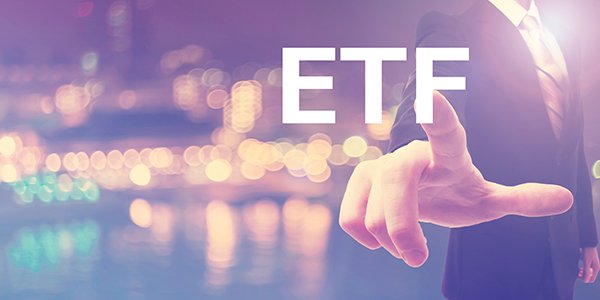
New exchange-traded funds (ETFs) are being issued every month and this provides investors with a myriad of options for exposure to equity, commodity and bond markets. But not all ETFs are equal. Even those that track the same market can differ in meaningful ways. In this article we will explore 4 things that an investor should be aware of before purchasing an ETF.
What are the Fees?
The issuer of an ETF charges a management fee, and while ETFs are renowned for their low fees, some ETFs have much lower fees than others. Therefore, an important step before purchasing an ETF is to look at its management expense ratio (MER) and to compare it to other ETFs which track the same underlying market. The MER is the best number to look at as it reflects not only the fees that the ETF issuer charges for managing the fund, but it also reflects other expenses that the ETF issuer incurs, such as taxes or transaction fees.
Is the ETF Liquid?
The liquidity of an ETF should also be considered before making an investment decision. ETFs with higher liquidity, all other things being equal, are preferable to those with lower liquidity. Low liquidity makes buying and selling an ETF, without adversely affecting its price, more difficult and this is especially true at times of market turmoil. Determining the liquidity of an ETF is not done in the same manner as it is for stocks. For a stock one can simply refer to the average daily volume and the bid-ask spread to get a sense of its liquidity. For ETFs average daily volume is an incomplete indicator of its liquidity as most ETFs are open-ended. An open-ended ETF is one in which new units can be issued and existing units destroyed, as per supply and demand conditions. Average daily volume only reflects the exchange of existing units, not the ability of the ETF issuer to create or destroy units, which also influences liquidity.
Therefore, an investor should look at the average daily volume of the ETF, the bid-ask spread of the ETF, and the liquidity of the securities that make up the ETF as this third criterion is what determines the ability of the ETF issuer to create new units and to destroy existing ones.
Does the ETF Re-Invest Capital Gains?
ETFs have different structures and these differences can have tax implications for an investor. One question that should be asked before purchasing ETFs is whether it distributes capital gains to investors or whether it re-invests them. The latter situation is usually preferable as it allows an investor to incur capital gains only when they choose to sell the ETF. If the ETF distributes capital gains, instead of re-investing them, this means that an investor may incur capital gains at inopportune times.
What Exactly Does the ETF Hold?
With so many ETFs offering exposure to the same markets, it is important to investigate the composition of the underlying basket of securities that make up the ETF. ETFs which nominally would seem to represent the same thing, such as gold ETFs, can differ significantly in composition. For example, a gold ETF may track the price of gold by investing in gold futures or by purchasing gold bullion and for some investors, this can be an important distinguishing feature between competing ETFs. Therefore, a prudent investor should always be aware of the composition of the underlying assets that make up the ETF.










